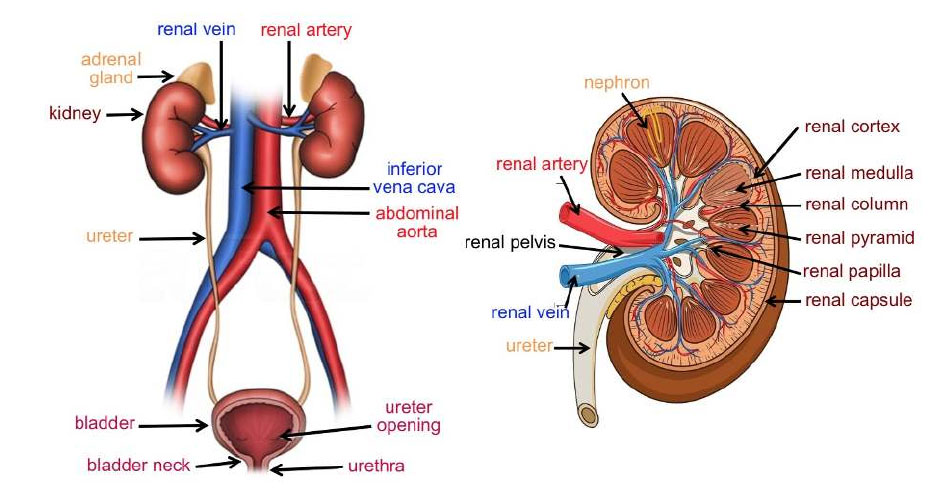Urology Laser Treatment
In the past few decades, laser technology has been increasingly recognized in the treatment of urological diseases such as benign prostate hyperplasia (BPH), bladder tumors, urolithiasis, urinary tract stricture, and renal cell carcinoma. The first article reporting the application of laser in urology treatment was written by STAETHLER in 1976. Today, with the development of technology, the advancement of equipment, manufacturers’ better understanding of the clinical needs of urologists, and the continuous accumulation of surgical experience by urologists, laser technology has begun to challenge traditional surgical methods.
980nm 1470nm Diode Laser in Urology Laser Treatment
The 980nm laser is at the end of the absorption curve by haemoglobin, there is a lower haemoglobin absorption rate, at the same time, the laser is also located in the laser by the water absorption of a small low peak, so the 980nm laser can be absorbed by both water and haemoglobin.
The 1470nm near-infrared laser is at the position of a water absorption peak in the laser absorption spectrum, and the water absorption is 40 times that of 980nm. When it is absorbed by the water in the tissue, it causes its temperature to rise rapidly, resulting in a cell bursting effect, so it is capable of high-precision vapour cutting, in addition, the 1470nm semiconductor laser also has the characteristics of double absorption of haemoglobin and water, and the efficiency of its vapor cutting, hemostasis is also more thorough. The coagulation layer produced during vapor cutting is 0.4-0.6mm, causing little damage to healthy tissue.
The 1470nm laser was initially designed to meet the demand for surgical treatment of benign prostatic hyperplasia, which is by far the most widely used field in urology. Based on the advantages of small trauma, low bleeding, easy operation, and no local electric field effect, the 1470nm laser has also been applied to the surgical treatment of non-muscle invasive bladder tumours, and has achieved satisfactory results.

Clinical Advantages of Urology Laser Surgery
- Controlled and focussed penetration depth with less thermal spread.
- Excellent hemostatic properties,clear vision,and delicate surgical operations.
- Atraumatic fiber tip enables a smooth insertion and protects the working channel.
- The fastest possible soft tissue vaporization, which effectively removes unwanted tissue while ensuring zero damage to the preserved tissue.
- Easy to operate, shortening the operation time and reducing the probability of complication.



